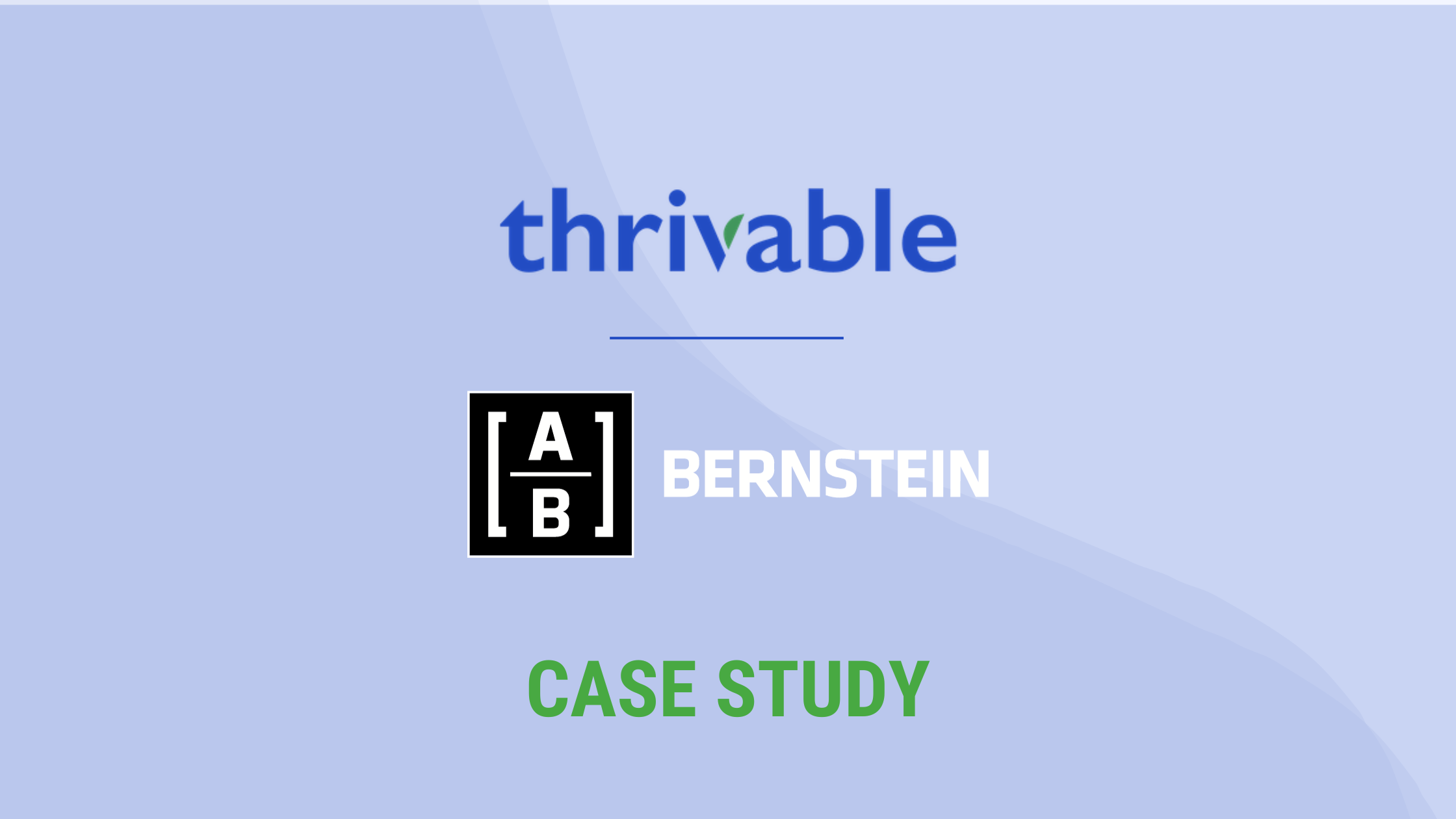Blog
The Power of Combining Qualitative and Quantitative Research

Adam Zandman
Market Research

Understanding patient needs and behaviors is the cornerstone of effective market research. This understanding often requires a blend of qualitative and quantitative research methods. Each approach offers unique insights, and when combined, they provide a comprehensive view that can drive impactful decisions.
Why Combine Qualitative and Quantitative Research?
1. Depth and Breadth
Quantitative research provides broad statistical insights, while qualitative research offers deep, detailed understanding. For instance, a survey might reveal that 70% of patients are satisfied with their diabetes treatment, but interviews can uncover the specific reasons behind their satisfaction or dissatisfaction, or what we like to call “the why”.
2. Validation of Findings
Quantitative data can validate the patterns observed in qualitative research. If interviews suggest a new trend in patient behavior, surveys can quantify how widespread this trend is across a larger population.
3. Rich Insights
Combining both methods allows for richer, more actionable insights. Quantitative data can highlight general trends, while qualitative data can provide the context and reasons behind these trends. The Centers for Disease Control and Prevention (CDC) also advocates for mixed-methods research, highlighting its effectiveness in capturing comprehensive data for public health interventions.
Practical Applications
1. Product Developments
By using surveys (quantitative) to gather broad feedback on a new diabetes management device and follow-up interviews (qualitative) to explore user experiences, companies can refine their products to better meet patient needs.
2. Marketing Strategies
Quantitative data might show that a certain demographic is less engaged with current marketing efforts. Qualitative research can then explore the reasons why and suggest more appealing messaging or channels.
3. Policy Making
Healthcare policies benefit from this combined approach by understanding not just the prevalence of issues but also the personal stories and experiences that bring these statistics to life.
Combining qualitative and quantitative research methods is a powerful approach that provides a more complete understanding of patient needs and behaviors. This combined approach not only enhances the quality of insights but also drives better decision-making in product development, marketing strategies, and policy-making. By leveraging both types of research, healthcare organizations can develop more effective, patient-centered solutions.
If your organization is ready to tap into the power of combined research methods for deeper insights and better outcomes, Thrivable is here to help. Contact us today to learn more about our comprehensive research services.
About the author

Adam Zandman
Adam, Thrivable's Marketing Director, is a passionate advocate for improving the patient experience, driving companies to prioritize the patient voice in their decisions
Related Content
-

-

Case Study
Case Study: How Bernstein is Reshaping the Way Investors Think about Diabetes MedTech
Market Research
-



